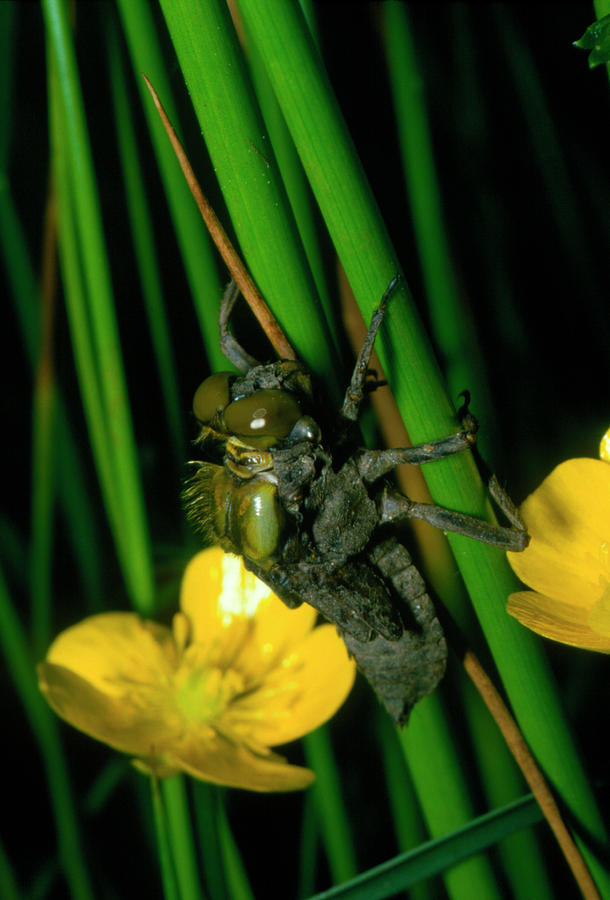
In general, these insects play a critical role in the feeding of aquatic animals and fish. The larval stage of dragonflies can be found in the following areas. Adult, larvae, or both insects, as well as small fry that feed on them, can live in water. Their agility allows them to catch their prey while in midair. A large Dragonfly will consume its own weight in insect prey every day. Mosquitoes and midges are commonly eaten by them, but butterflies, moths, bees, flies, and many other insects also consume them. Their preferred foods include insects and bloodworms.ĭragonflies are among the most fascinating creatures on the planet. They do not reach the pupal stage until they are adults, and they have a variety of nymphal stages to go through before they become adults. There are several ways to feed live mosquitoes, flies, gnats, bees, beetles, and other insects to an adult Dragonfly. In addition to small fish, tadpoles, and frogs, nymph-sized dragonflies consume a wide range of insects. In the nymphal stage, wild baby dragonflies eat aquatic insects, grubs, and larvae. Dragonflies eat a wide variety of prey, including insects, because they live in a variety of habitats and regions. Dragonflies, which can only see extremely well, rely on their incredible eyesight to hunt.ĭragonflies eat whatever they can get their hands on in the wild. The eyes of these creatures have long, compound eyes with binocular and color vision. A typical dragonfly will consume up to 20% of its body weight per day. Adult and nymphal dragonflies eat insects and animals throughout their lifecycle, whereas some species prefer flying insects to ground-dwelling insects and animals. Dragonflies’ diet consists of mostly carnivorous plants, in which case they also consume other animal matter. Dragonflies are a diverse group of insects that can be found in over 3,000 species. Their diet consists mostly of mosquito larvae, water fleas, and midge larvae.ĭragonflies are members of the order Odonata, which stands for an equal wing. What Does Dragonfly Larvae Eat?ĭragonfly larvae are carnivorous and will eat just about any other small aquatic creature they can catch, including other dragonfly larvae. Late-instar larvae of larger species, on the other hand, can make a strong impression by poking a odonatist’s finger with their mandibles. Why do some dragonfly larvae sting/bite? Finally, despite the fact that they appear venomous, it is unknown whether the larvae of a dragonfly pose a threat to humans. Make certain that your new pet does not become ill in the first few days after he is introduced to you. Every other day, feed juvenile newts and adults the same amount. It is best to feed juvenile salamanders every day until they reach the age of adulthood. Insects that live in water include water lice, water shrimps, water fleas (Daphnia), worms, lesser water boatmen, small crustaceans, mayfly nymphs, seed shrimps, freshwater shrimps, leeches, and other water-dwelling invertebrates.Ī salamander’s diet should consist of two to three meals per week. Water beetles, mosquito larvae, worms, tadpoles, and even small fish are among the insects that feed on them. Their primary task is to kill any aquatic animal that they come into contact with. They are fully carnivorous, just like their parents. A researcher is studying how successful dragonfly larvae are in the wild, when they are fed other foods. They reduce their activity and hide by sitting at the bottom of a pond when they detect a dragonfly scent. According to David Gall, a Canadian entomologist, ants have evolved new ways of surviving in the face of competition from dragonflies. In addition to being similar in size to other green darner prey, Newt larvae contain a neurotoxin that may make them unpalatable. Large flying insects, such as other dragonflies, are devoured by these voracious predators while they are in flight. Newts are just one of the many small creatures that dragonfly larvae feast on.Ĭommon green darners are among the largest dragonflies in the northeastern United States. Dragonfly larvae are one of the many predators that newts have to contend with.


Dragonfly larvae are voracious predators, and newts are just one of the many small creatures that they feast on. Once they have grabbed their prey, they quickly inject it with digestive enzymes that dissolve the newt’s body, making it easy for the larva to consume.

While the larvae are in the water, they use their extendable, tube-like mouthparts to snatch up newts and other small creatures. Dragonfly larvae are predators that feast on a variety of small animals, including newts.


 0 kommentar(er)
0 kommentar(er)
